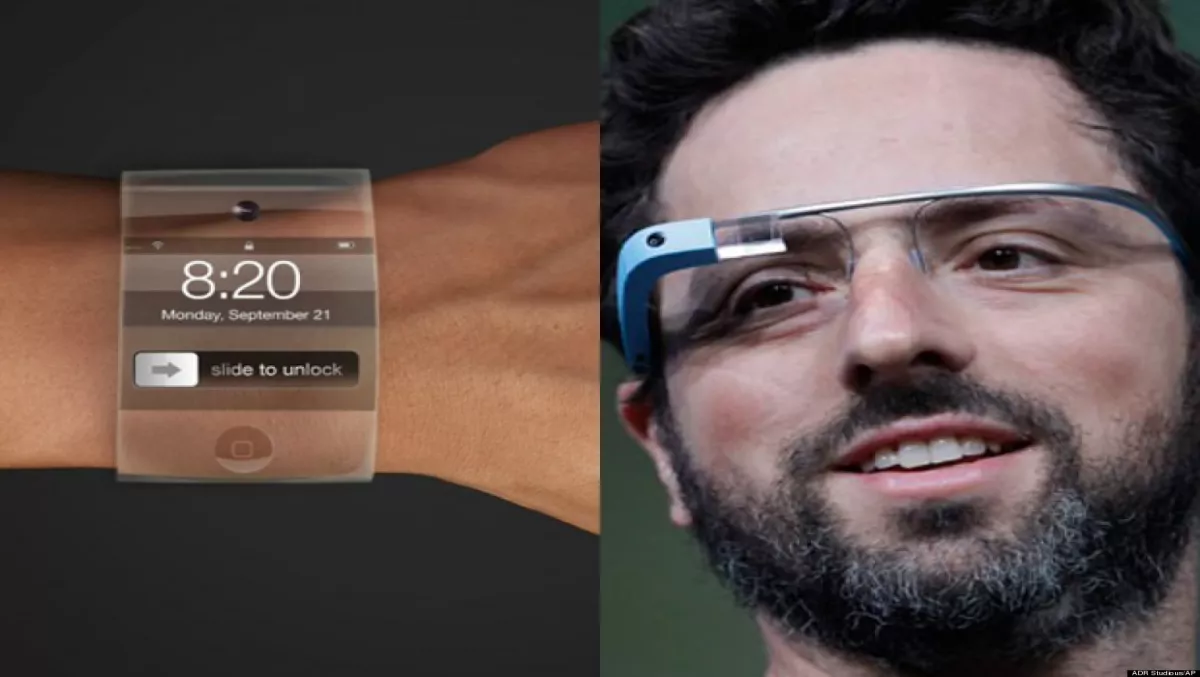
Top 5 trends that will shape the future of ERP...
Businesses today are required to deal with technological advancements occurring at a pace never experienced before.
What’s more, trends like the consumerisation of IT have lessened the CIO’s ability to regulate which technologies are used alongside the corporate network.
As trends like Bring Your Own Device (BYOD) continue to make an impact, it’s important that the IT department embraces new technologies for a number of reasons.
Aside from missing out on any potential benefits, being too proscriptive regarding the technology employees can use risks the emergence of shadow IT; when IT solutions are built or adopted without explicit organisational approval.
Enterprise Resource Planning (ERP) in particular has a lot to gain from adopting an open approach to new innovations.
Here are the five technology trends that I believe have the potential to shape the future of ERP, if implemented correctly:
1. The Internet of Things
The Internet of Things (IoT) is a concept that provides objects, such as cars and electrical appliances, with the capacity to transfer data over a network without requiring human interaction.
In the case of ERP, devices are available that can be attached to tools and even vehicles, feeding data back to applications hosted in the cloud.
Information such as location, usage and performance can then be easily accessed, allowing organisations to identify issues like where unused assets are, or if maintenance is required.

2. Wearable technology
This was one of the focal points at this year’s Consumer Electronics Show and Gartner has predicted that the wearable technology market will be worth $10 billion by 2016.
While much of the attention generated by wearables has focused on consumer propositions like fitness trackers, there are also a host of applications in the workplace. Augmented Reality enabled glasses like Google Glass will enable hands free operations which can be of great benefit for many blue collar workers.
Even smart watches represent a step forward compared to PDAs and smartphones since they are more easily accessible and are less likely to be misplaced or dropped. Devices designed to monitor external factors like UV exposure or heat can help improve management of employee health.
For example, IFS Labs has created a proof-of-concept that shows how users of business applications can benefit from wearable technology.
3. Big data analytics
Organisations have become more dependent on IT and, as a result, they have accumulated a wealth of data that has been traditionally underutilised. As the IoT connects tools and employees to the internet, this data generation is set to grow exponentially.
By employing analytical tools, organisations can begin to use this data to make accurate predictions that form the basis of a more intelligent approach to business strategy.

4. The age of context
With businesses increasingly operating in a multichannel world, using technology that understands the situation you’re in, what information you would like to see, and how you would like to see it, will begin to have a real impact on performance. PCs and mobile apps will increasingly integrate context aware functionality to anticipate user needs and improve the efficiency of day to day tasks.
For example, a field service engineer will automatically receive all the asset data, job instructions, customer relationship history as soon as they arrive at the repair site.
5. Opening business to innovation
Over the next few years, technology like wearables, the IoT and big data analytics stand to reinvent business processes across many different industry sectors. Organisations need to keep an eye on technological advances, even those that may seem to be irrelevant.
Recent developments have shown that solutions which first appeared to be designed for consumers are increasing finding profitable applications within businesses. By taking an innovative approach to the adoption of technology, businesses stand to save time and increase productivity; results that will be reflected in the bottom line of enterprises that choose to embrace new technologies.
By Rob Stummer, Managing Director, IFS Australia and New Zealand
Stummer is Managing Director, Australia and New Zealand for global enterprise applications company IFS, achieving significant growth over the last five years.

